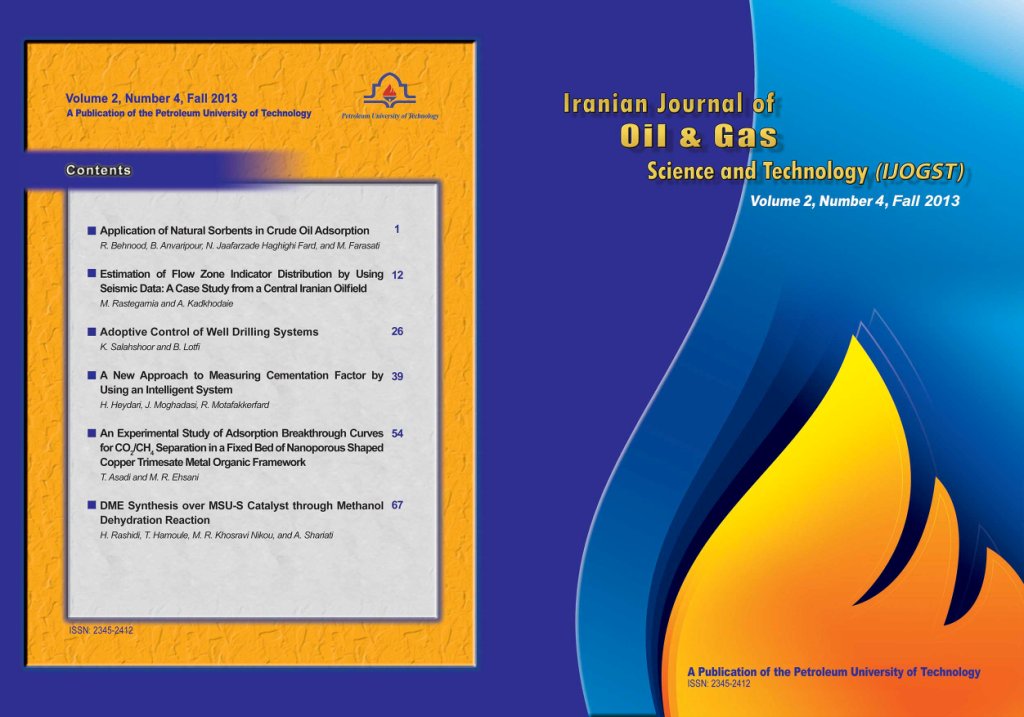Authors
Department of Chemical Engineering, Isfahan University of Technology, Isfahan, Iran
Abstract
Copper trimesate (Cu-BTC) MOF has been pointed out as a promising adsorbent for separating carbon dioxide from methane. However, MOF’s need to be shaped prior to their use in packed bed adsorbers in order to reduce pressure drop; on the other hand, the production of mechanically resistant shaped bodies reduces their adsorption performance. In this work, Cu-BTC tablets provided by BASF are evaluated to perform CO2/CH4 separation through adsorption. The adsorption capacity of pure carbon dioxide from methane was measured in a magnetic suspension balance between temperatures of 308 and 373 K up to a pressure of 700 kPa. The evaluated material presents higher adsorption capacity than previously studied shaped samples with a carbon dioxide and methane adsorption capacity up to 3.07 and 0.63 mol/kg at 100 kPa and 308 K respectively. Moreover, the experimental data were fitted with the Langmuir model. Isosteric heats of adsorption were obtained to be 22.8 and 15.1 kJ/mol for CO2 and CH4 on Cu-BTC tablets respectively, which indicates a strong adsorption of carbon dioxide on these adsorbents. Also, single and binary breakthrough curves were measured in the same temperature range and atmospheric pressure by using Cu-BTC tablets as the adsorbent. The preferential adsorption capacity of CO2 on nanoporous copper trimesate (Cu-BTC) indicates that this material can be used for methane purification from natural gas.
Keywords

